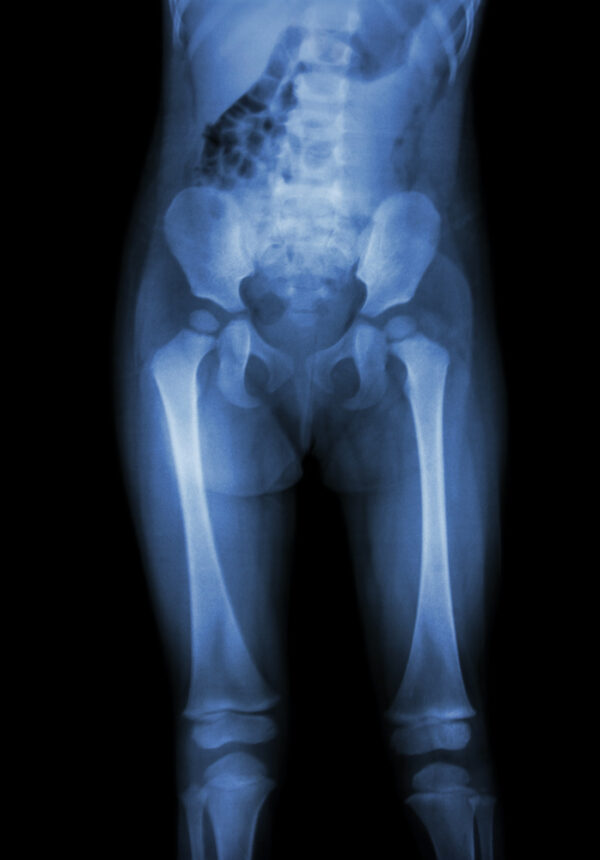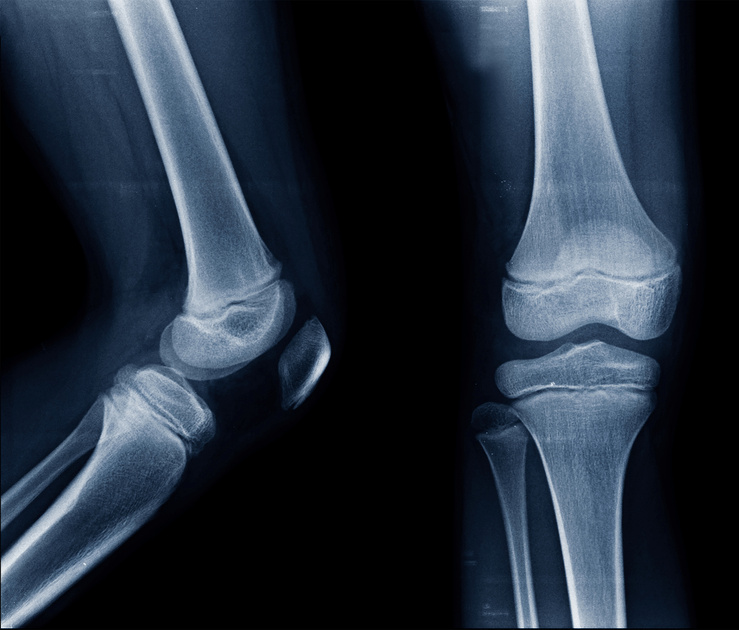Epiphyseal cartilage
What is epiphyseal cartilage – definition
Epiphyseal cartilage – is the cartilaginous tissue found at the ends of growing bones that enables the growth of long bones (in length, width). There are usually two such cartilages in each long bone (between the epiphysis and the shaft).
Long bones – what are they?
- thigh (femur)
- lower legs (tibia, fibula)
- arm (radius bone, ulna)
- bones in hands and feet
What does a growth plate do?
Growth plates (epiphyseal cartilage) – these are glassy, elastic tissues with a gallatinous consistency, found in children and adolescents, causing the formation of new bone tissue. Growth plates simply enable bone growth. In the process of endochondral ossification new ossification points appear at the epiphysis. The cartilage formed is calcified, degraded and replaced by bone tissue. At the end of the growth stage, the bone shafts gradually fuse with the epiphyses, which then calcify – compact bone is formed. Growth then naturally stops and the amount of growth hormone decreases with age. When the bones have stopped growing, we say that the epiphyses have „closed„. The disappearance of the epiphyseal cartilage leaves a mark we call the „epiphyseal line„.
When the bony epiphyses close?
Bone epiphyses usually close at the end of adolescent puberty. The age of ossification is individual and may prove to be higher than statistical. On average in girls it is usually 13-15 years and in boys 15-17 years. Once the epiphyses are closed, the long bones do not grow, as seen in adults (acromegaly patients) with elevated growth hormone.
What are the injuries to growth plates?
Low loads accelerate the growth of joint cartilage, while too much causes fatigue fractures and joint degeneration.
Fractures
The growth plate is weaker than the hard bone. In children and adolescents it is possible to develop injuries such as fractures of the growth plate (break in the growth plate).
Overload
Overload injuries can affect the growth plate in children and adolescents. They are the result of repeating the same movement over and over again in young athletes, for example.

